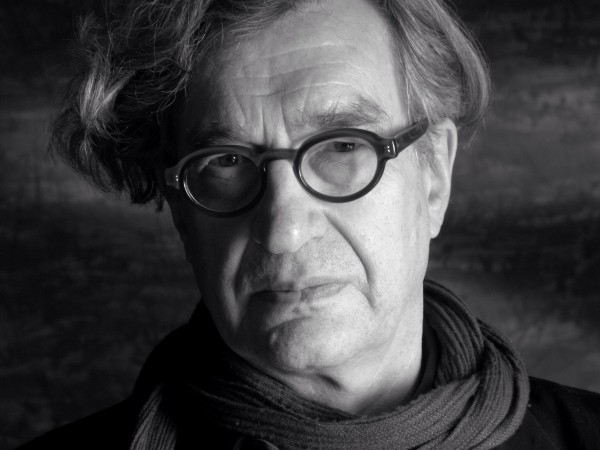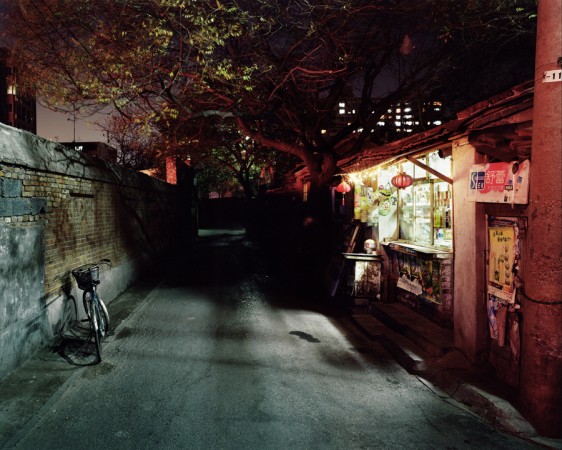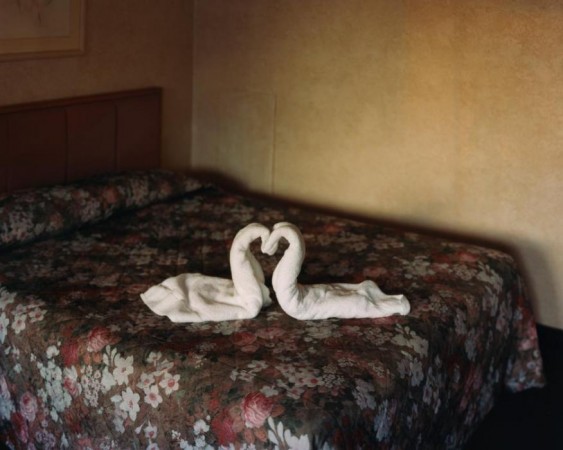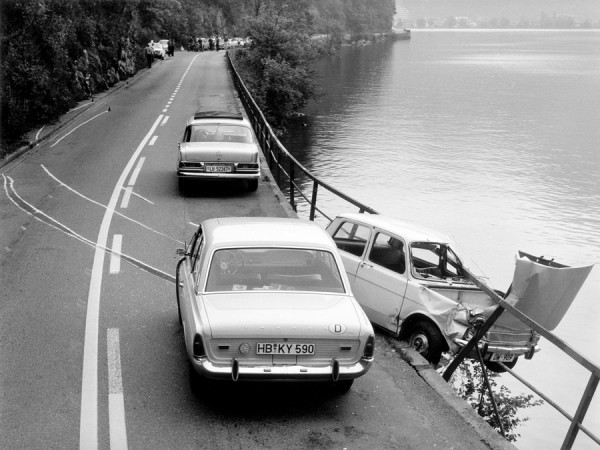Debo admitir que pesar de haberlo hojeado durante un rato en la librería, y hasta que no empecé su lectura, pensaba que era solo un libro de fotos antiguas de edificios americanos. En realidad se trata de un retrato minucioso de la figura de Louis Sullivan y de su obra. Para los que –como a mí hasta hace unos días– no les suena el nombre, digamos que fue uno de los precursores de la arquitectura moderna y, en términos más publicitarios, el inventor del rascacielos. En este libro, que a su vez es una reedición mejorada del original de 1956, John Szarkowski recoge sus fotografías de los edificios más emblemáticos de Sullivan, acompañadas de textos legados por el propio arquitecto en los que queda de manifiesto su visión diáfana de la arquitectura, del mundo, e incluso de la condición humana. Su dedicación, ejemplar y obsesiva, le condujo irremisiblemente al aislamiento y a una muerte inadvertida. Os dejo un ejemplo de su filosofía que me ha resultado tan obvio como angustioso:
“No tenemos libertad de elección a la hora de expresar lo que somos; nuestra verdadera naturaleza resultará visible bajo el disfraz más ocurrente. Podemos elegir únicamente lo que vamos a ser, y esa elección estará impresa de manera indeleble en nuestras obras. […] Construimos lo que somos, y somos lo que construimos.”
I must admit that although I went through it for a while at the bookshop, until I started reading it I thought it was just a book of old photographs of American buildings. It is actually a detailed portrait of the figure of Louis Sullivan and his work. For those who, like me until a few days ago, are not familiar with that name, let us say he is one of the pioneers of modern architecture and, in flashier terms, the inventor of the skyscraper. In this book, which is in fact an improved new edition of the original from 1956, John Szarkowski collects his photographs of the most emblematic buildings by Sullivan, accompanied by texts written by the architect himself, in which he shows his open vision of architecture, the world, and even the human condition. His exemplary and obsessive dedication led him to isolation and an unnoticed death. Here is an example of his philosophy, as obvious as it is distressing:
“We have no free choice in expressing what we are; our true likeness would show beneath the cleverest costume. We can choose only what we are to be, and the choice is indelibly stamped on our works. […] We build what we are, and we are what we build.”













